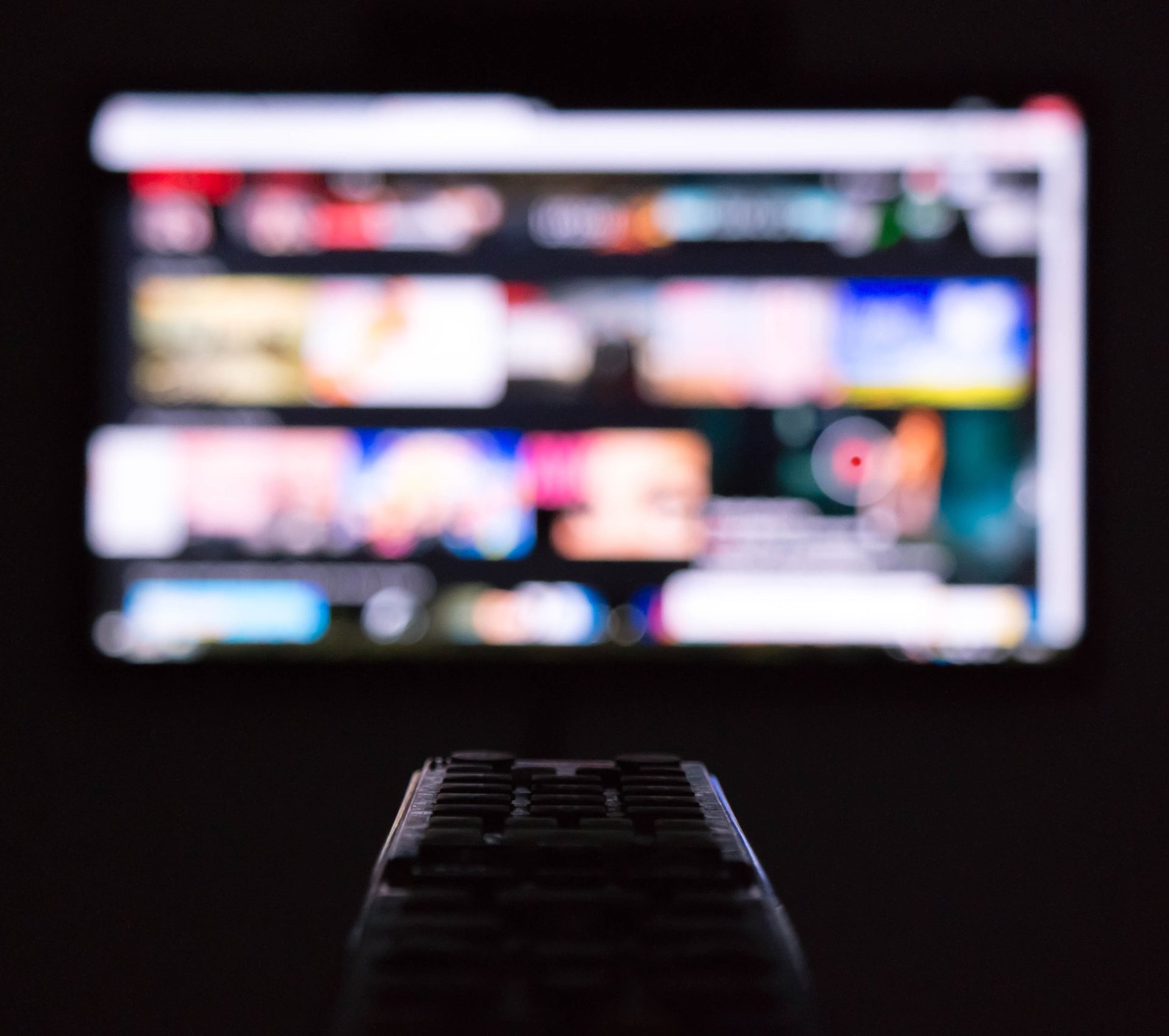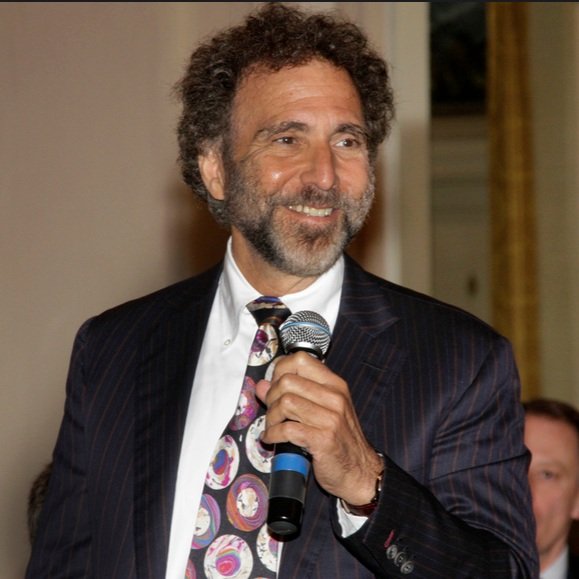
No one would argue about the fact that the country is divided, and it needs to heal. Individuals could look at the same phenomenon and draw opposite conclusions while insisting that their own perception is the only right one. The most conspicuous example is the storming of the U.S. Capitol on January 6, 2021—some describe it as an act of patriotism, while others refer to it as an insurrection and a treasonous act.
The passion on both sides of the divide on any hot button issues in America today is fanned, at least in part, by social media as well as other forms of the warring media. They are deepening the divide through their daily marketing routines of engaging users and building customer loyalty.
Let’s first look at social media and their internet or digital marketing. We know well that once you start looking for flights to your next destination, you start receiving additional offers of alternative flights, rental cars, hotels in which to stay, etc. When you buy a book or a sweater you soon start receiving recommendations for similar books/sweaters and complementary goods. This makes sense for the business entities, and in general, serves customers in finding options that are similar to their interests.
Social media works the same way. The algorithms are written to observe your interests and direct similar or related content back to you. As such, if you start reading articles about the “big steal” and posting on the topic, it makes sense that similar content is being channeled back at you. It serves the reader or poster and it further engages them to stay on longer and stay loyal to the social media. User engagement and loyalty enables social media to make their money via advertisers. And more recently, following the testimony of Frances Haugen, the former Facebook employee turned whistleblower, we now know that Facebook’s algorithm awards more standing on posts that elicit anger and outrage.
While this is “good business,” the net effect is that the original thoughts and preferences get reinforced, and a broader perspective is lost. Social media by its very nature creates an echo chamber.
But, we don’t have to look only at social media. Much of the same can be said about all other media. In fact, in catering to the need to serve people what they want to read/watch, news media has gotten narrower and narrower to go after the same secret sauce for business success: customer engagement and loyalty. You would be hard-pressed to find many of the news media outlets today that still uphold the old-fashioned journalistic standards of truthfulness, accuracy, objectivity, impartiality, fairness, and public accountability.
As a result, for the general public to have a comprehensive and balanced view on any issue, they would have to look at multiple media that come from alternative perspectives. More often than not, people seek a narrow reinforcing media source, which quickly becomes an echo chamber, and then brainwashing happens on both sides of the political divide. People have conversations only with “like-minded” others further reinforcing the echo chamber.
And furthermore, their passion is whipped up so much so that calm and reasonable discussions disappear. Friendships and families are broken. Universities stop inviting speakers to present alternative views. As a result, agreements of any kind are hard to find. When Trump supporters think of Hillary Clinton, the only thing they can think of is to “Lock her up!” – and Hillary supporters think the same of Trump.
It never used to be this way. The publishing and broadcasting industries used to be big, well-resourced industries, and journalists in those industries were well paid, traveled, open-minded and respected. Journalism as a profession has a well-defined set of standards. Walter Cronkite, Dan Rather, Huntley and Brinkley, Peter Jennings, Time, NYT, WSJ, etc.—these were the gold standard and the must-read to be informed. Their audiences were broad and everyone was receiving the same news and same perspective. It is part of what made the people united. It is a stabilizing force – the ballast for democracy.
The question is how did we get such a polarized media? As marketers, we see three forces that led the media astray, two of which are marketing-related, but all three exacerbate the nation’s divide.
First, more media competition since the 1980s, with new entrants such as Fox News, the WB, UPN, Univision, etc., forced the big three networks away from the general audience in search for their own niche markets through segmentation.
The logic was quite simple. When more competition emerged, the best way for a competitor to survive was to select a niche, or a subset of the general population, and tailor its product or messages to targeted customers to foster their loyalty. Within media came the emergence of a similar “narrowcasting” in contrast to broadcasting—Modern Bride, Photography Magazine, Car and Driver and Fox, BET, MSNBC, etc. Narrowcasting builds a symbiotic relationship: the media feed their niche with what the niche audience likes to hear and people choose to watch the news that confirms their own beliefs. We are no longer hearing alternative perspectives, but instead, label them as “fake news.”
For products, segmentation makes sense. Everyone gets what they want. By being catered to, customers/viewers are happier with what they get. It is a matter of survival.
Of course, the matter of survival was the top concern for the media outlets since late-1990’s because of technological shifts that had unleashed a second force of an economic nature. Before 1997, the traditional media such as TV, radio, newspapers, and magazines attracted over 60% of advertising dollars in the US. Today, over 50% of that money is spent on pure-play online media that were not even there in the early 1990s.
This technological change traumatized the traditional media industries and led to bankruptcies, consolidations, and massive layoffs of news reporters, writers, and newsroom staff first in newspapers, magazines, and other print media in 2000s and then in broadcasting media in 2010s. In the newspaper publishing industry, for instance, employment was reduced from about 458,000 people in 1990 to about 183,000 in 2016, a decline of almost 60 percent. The new internet media was expanding, but it could not expand nearly enough to absorb the massive layoffs.
Many of those laid-off journalists swallowed their pride and became freelancers or hired guns looking for odd jobs, or any job. They experienced what some steelworkers did in 1980s when they were laid off from a high-paying job and became greeters at Walmart. Those who were not laid off had, of course, survival on top of their minds. Some surely have decided to build customer loyalty by all means, even if that means feeding customer addiction. Some turned to creating a “sports culture” for their news coverage for every hot-button issue to secure customer loyalty.
Eagles or Red Sox loyalty is built, in part, by rivalry or dislike of Cowboys or Yankees. You always cheer the home team and boo the opposition. The divide in America grows when we all forget that the home team is America!
The third force is political in nature and perhaps the one that requires the least explanation. The Trump administration gave the news media the license to move away from journalistic principles to legitimize building audience loyalty at all costs. For some, all gloves are off, pretenses are not needed, and anything goes, including foul language, lies, innuendos, speculations, denial of science, etc. The news media has certainly taken the adversarial political culture to a new level: you are either with me or against me, and win by all means! The most loyal “customers” are now turned into passionate crusaders.
You probably never expect to hear two marketing professors denigrate segmentation, customer engagement, and customer loyalty, but here we are. The media is not selling shampoo, the product it creates determines the quality of the citizenry upon which America’s future depends. The consumption of news by each individual has a clear social impact that the media industry needs to internalize.
As such, the news media must move away from the single-minded pursuit of segmentation, customer engagement, and customer loyalty even when other businesses embrace them. The news media’s social impact necessitates that it must change its ways even at the expense of its own best economic interests. We all have an interest in seeing to it that the media is not run like any other businesses.
Our hope is that the news media industry can self-regulate and bring back their tried and tested journalistic standards that are so critical to the future of American democracy. This may very well mean that the industry moves further away from its profit motives – possibly with public and private help – to create better and broadly informed customers who will in turn sustain a healthy media industry.
The only question is: will the news media industry step up and be counted for the sake of the home team: America?

Professor David J. Reibstein
Professor David J. Reibstein is the William S. Woodside Professor and Professor of Marketing at the Wharton School, University of Pennsylvania. He was previously on the faculty at Harvard Business School, and a visiting Professor at Stanford Business School, and INSEAD in France.

Dr. Z. John Zhang
Dr. Z. John Zhang is a professor of marketing and Tsai-Wan Tsai professor at the Wharton School. He is also the founding and current director of Penn Wharton China Center. Dr. Zhang specializes in research and education on pricing strategies, and has no political ambitions for or partisan interests in, anything other than cheering for the home team: America.






